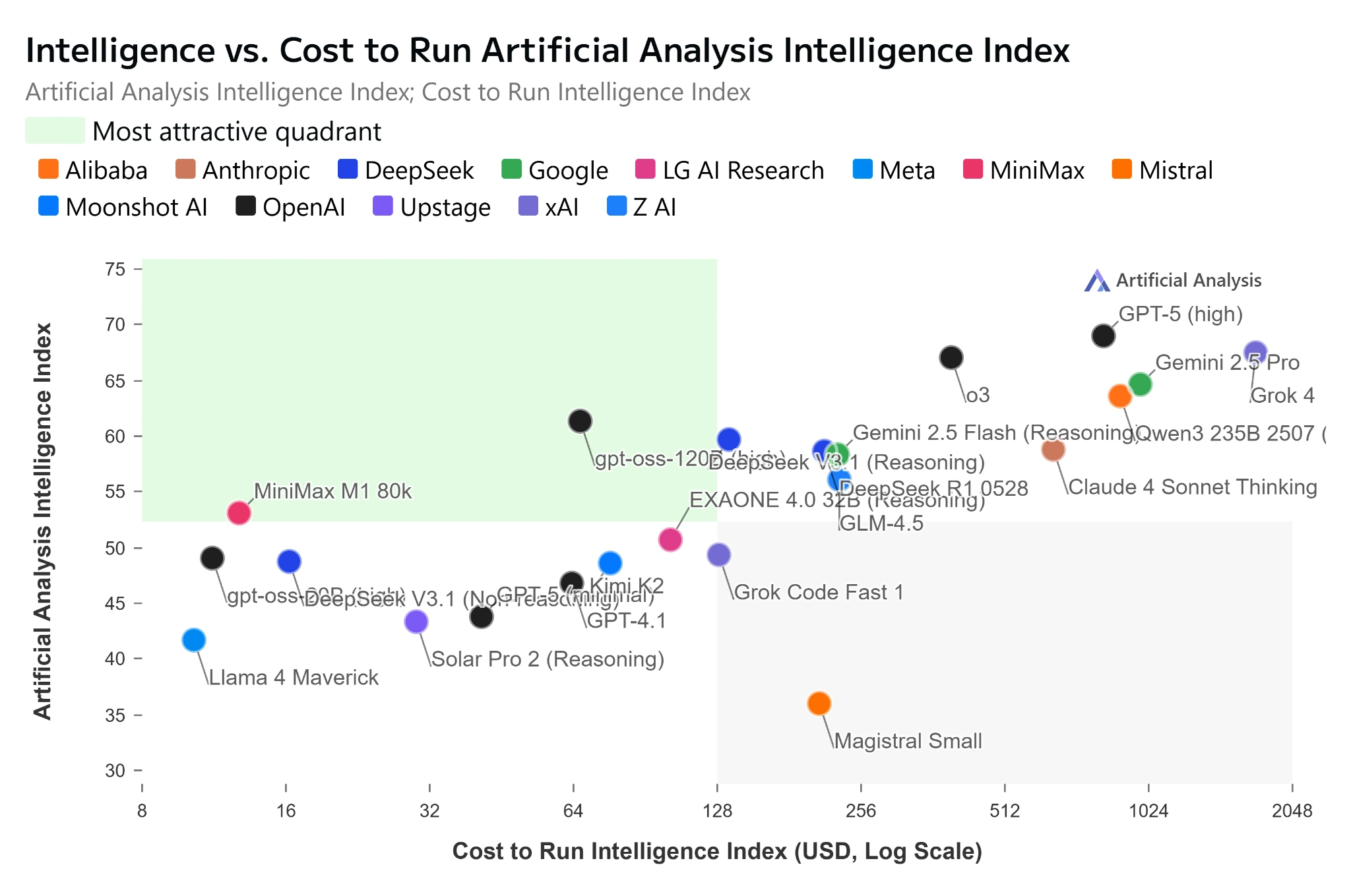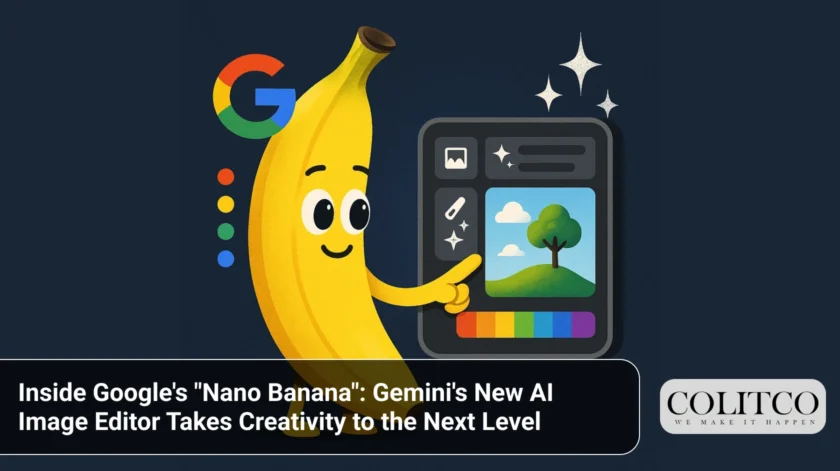Google has just dropped something special into the AI image editing arena. Meet “Nano Banana” – the playful codename for Gemini 2.5 Flash Image, Google’s most advanced image generation and editing model yet. This isn’t just another AI tool trying to compete with the big names. It’s a game-changer that’s already being called the world’s top-rated image editing model.
The launch comes at a critical time. While competitors like DALL-E 3, Midjourney, and Adobe Firefly have dominated headlines, Google’s been quietly working behind the scenes. Now they’ve emerged with something that might just reshape how we think about AI-powered creativity.
Our new native image generation and editing is state-of-the-art, and ranked #1 in the world. And we’re rolling it out for free to everyone today.
You’ve got the tools. Now go bananas. Ideas & inspiration in the 🧵below. pic.twitter.com/mw7XyG5nes
— Google Gemini App (@GeminiApp) August 26, 2025
What Makes Nano Banana Different?
The name might sound silly, but don’t let that fool you. Nano Banana Gemini AI image editor brings three standout features that set it apart from the pack:
Character Consistency That Actually Works
Ever tried editing a photo of yourself or your pet with other AI tools, only to get results that look “close but not quite right”? That frustration ends here. Nano Banana excels at maintaining the exact appearance of people and pets across multiple edits and scenarios.
Natural Language Editing
Want to remove that coffee stain from your shirt? Just tell it. Need to blur the background? Say so. The AI image editing Gemini app understands conversational instructions without complex prompting techniques.
Multi-Image Composition
Upload multiple photos and watch Nano Banana blend them seamlessly. Put yourself in a picture with your dog on a basketball court, or transplant your living room into a tropical setting – all while keeping everything looking natural.
The Technology Behind the Magic
Google DeepMind Nano Banana represents a significant leap from previous image generation models. Unlike traditional diffusion models that start with random noise, this system employs visual autoregressive modelling. Think of it as creating a rough draft first, then refining it – similar to how human artists work.
The model benefits from Gemini’s vast world knowledge, enabling it to understand context in ways that purely image-focused AI cannot. When you ask it to place someone in “1960s recording studio,” it knows what vacuum tubes, analog mixing consoles, and period-appropriate clothing should look like.
Pricing That Makes Sense
Here’s where Google gets aggressive. Gemini 2.5 Flash Image is priced at $45.60 per million output tokens, with each image consuming 1,290 tokens. That works out to roughly $0.06 per image – significantly undercutting many competitors.
For context:
- DALL-E 3: Starting at $0.06 for standard quality
- Midjourney: Subscription-only from $15/month
- Adobe Firefly: Part of Creative Cloud subscriptions
The pricing strategy is clear: Google wants widespread adoption, fast.

AI model intelligence vs price comparison
Real-World Applications
The use cases for Nano Banana Gemini AI image editor extend far beyond casual photo editing:
Content Creators: Generate consistent character designs for storytelling, maintain brand aesthetics across campaigns, or create product mockups without expensive photo shoots.
E-commerce: Transform product images with different backgrounds, lighting, or contexts. Show your furniture in various room settings without multiple photo shoots.
Marketing Teams: Create diverse visual content while maintaining brand consistency. Test different scenarios and settings for campaigns without additional production costs.
Interior Design: Visualise home improvements by adding furniture, changing wall colours, or swapping décor elements in existing room photos.
The Competitive Landscape
The AI image generation market has exploded to $28 billion globally in 2025, growing at over 35% annually. Major players each bring unique strengths:
- DALL-E 3: Integration with ChatGPT and exceptional prompt understanding
- Midjourney: Artistic style and creative expression
- Adobe Firefly: Enterprise integration and copyright protection
- Stable Diffusion: Open-source flexibility and customisation
Nano Banana’s positioning is clever. Rather than compete purely on artistic flair (Midjourney’s strength) or enterprise features (Adobe’s domain), Google focuses on practical utility and character consistency – areas where others have struggled.
Safety and Ethics First
Google hasn’t ignored the ethical implications. Every image created or edited with Nano Banana includes:
- Visible watermarks clearly marking AI-generated content
- Invisible SynthID digital watermarks for long-term identification
- Content filtering to prevent harmful or inappropriate generations
- Strict usage policies prohibiting non-consensual intimate imagery
This contrasts sharply with some competitors that have faced criticism for inadequate safeguards.
Getting Started: Three Ways to Access Nano Banana
- Gemini App (Free)
The easiest entry point. Simply upload an image and describe your desired changes. Perfect for casual users and experimentation. - Google AI Studio (Developers)
For those wanting to build applications or experiment with the API. Includes preset templates and deployment options. - Third-Party Apps
Apps like Imogen integrate Nano Banana’s capabilities with streamlined interfaces, though availability may vary.
The Australian Connection
This development aligns perfectly with Australia’s push toward AI education and digital skills training. As businesses across Australia adopt AI tools, accessible image editing capabilities like Nano Banana can democratise creative processes that previously required expensive software or specialised skills.
The timing is particularly relevant given Australia’s growing AI frontier, where local businesses need cost-effective tools to compete globally.
Limitations and Considerations
No AI tool is perfect, and Nano Banana has its constraints:
- Image quality degradation after multiple editing rounds
- Occasional inconsistencies in character preservation, especially with complex requests
- Visible watermarking in the consumer app (though this ensures transparency)
- Preview status means features may change before full release
What This Means for the Industry
Google’s entry with Nano Banana signals a shift toward practical, everyday AI tools rather than just impressive tech demos. The focus on character consistency and natural language control addresses real user pain points that other platforms haven’t solved effectively.
This could pressure competitors to improve their own consistency features or risk losing market share to Google’s more practical approach. It also suggests the AI image generation market is maturing from “cool tech demonstration” to “essential business tool.”
Also Read: Living Smarter with ChatGPT in Australia: A Practical Guide to Boosting Work, Study & Productivity
The Verdict
Nano Banana might have a playful name, but it represents serious competition in the AI image editing space. Google’s combination of advanced technology, competitive pricing, and practical focus creates a compelling proposition for both casual users and businesses.
The real test will be user adoption. Can Google’s late entry overcome the network effects and brand loyalty that competitors like Midjourney and DALL-E have built? Early indicators suggest strong potential, especially given the tool’s focus on solving actual problems rather than just creating impressive visuals.
For Australian businesses and creators looking to incorporate AI image editing into their workflows, Nano Banana offers a cost-effective entry point with enterprise-grade capabilities. Whether it becomes the dominant player remains to be seen, but it’s certainly raised the bar for what we expect from AI image editing tools.
The age of AI creativity has evolved from novelty to necessity. With tools like Nano Banana making sophisticated image editing accessible to everyone, we’re witnessing the democratisation of creative capabilities that were once the exclusive domain of professional designers and expensive software suites.












